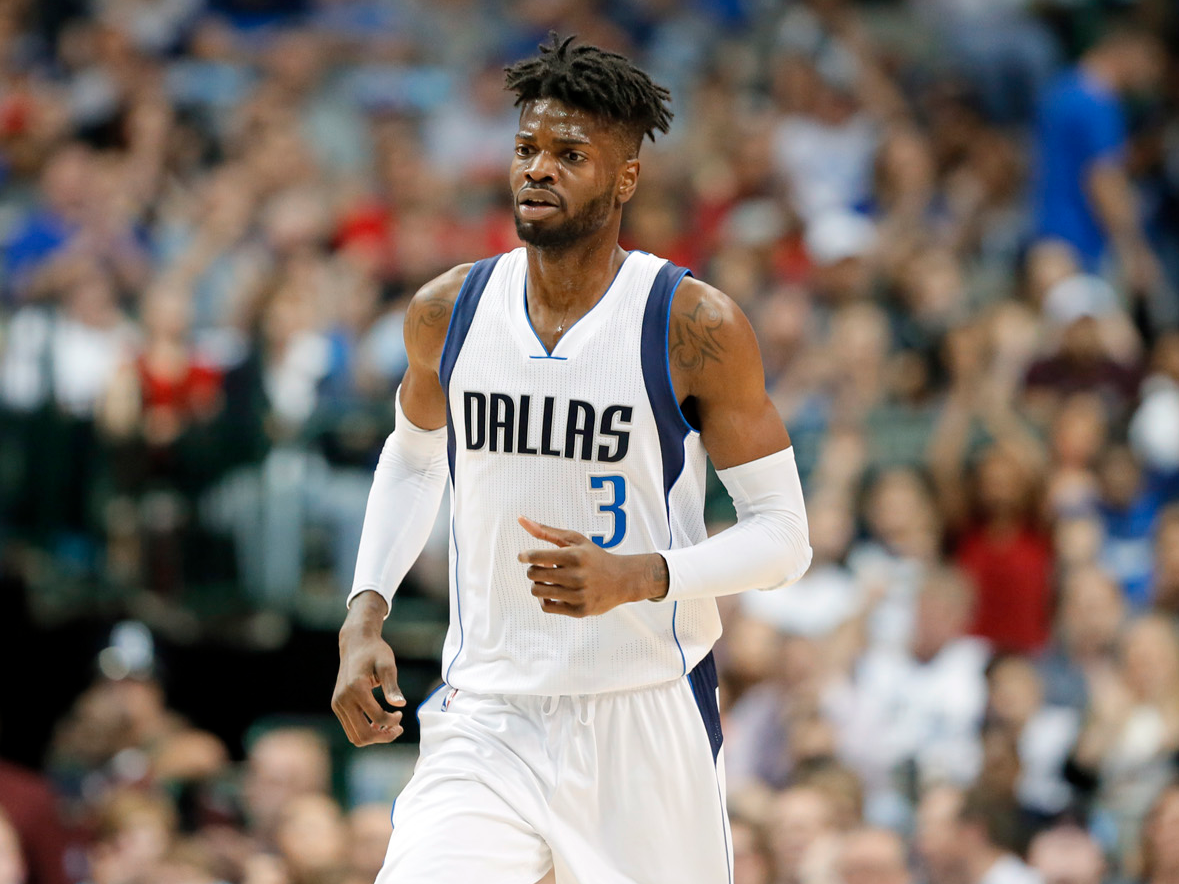The NBA is seeing another dramatic result of a decision the NBA players’ union made two years ago.
In 2015, on the verge of a gigantic salary-cap spike because of a new TV deal, the National Basketball Players Association rejected the NBA’s proposal to “smooth” the cap increase over several years.
The jump moved the NBA’s salary cap from about $70 million in 2015-16 to $94 million in 2016-17, creating an influx of salary-cap space for nearly all teams.
Already we’ve seen unintended effects of this decision – the Golden State Warriors, through a mix of timing and luck, had the cap space to sign Kevin Durant outright. Some have already wondered whether the NBA and the union regret the decision, as it has created a juggernaut that seems primed to dominate for the foreseeable future.
Now the decision is having another effect: the calming of free agency.
Last summer, primed with cap space, NBA teams went on spending sprees, inking players to massive deals. The NBA believed that in 2017-18, the cap would continue to rise. It was projected to be $107 million, with some believing it might go as high as $110 million.
However, toward the end of the 2016-17 season, the NBA lowered those estimates to $101 million, and then before free agency to $99 million. Suddenly, teams that believed they'd have cap space saw it shrink.
This can't be the effect the players were intending. As ESPN's Zach Lowe wrote, almost everyone outside of the 2016 free-agent class has lost out:
"Last summer, almost the entire league had an easy route to $20 million-plus in cap room. Next summer, we could enter free agency with only three or four teams hoarding that much space. Last summer's spending orgy, amid a one-time-only mega-spike in the cap, soaked up more of this season's space than anyone expected. ...
"The failure of the union and league to agree on a cap-smoothing proposal benefited one group of free agents - last summer's class - at the expense of almost everyone else. We are now back in the old, forgotten cap environment, where room is sparse."
Lowe pointed to Patrick Patterson as an example. In 2016, Patterson's Toronto Raptors teammate Bismack Biyombo, a reserve center, signed a four-year, $72 million contract with the Orlando Magic. This summer, Patterson, a power forward who can hit threes and defend multiple positions, signed a three-year, $16 million deal with the Oklahoma City Thunder.
It's also affecting several current restricted free agents, such as Tim Hardaway Jr., his $71 million contract and the New York Knicks aside. Teams are almost done throwing big offers at restricted free agents to lure them away from their teams or force those teams to match, clogging up their cap space.
Kentavious Caldwell-Pope, a 24-year-old athletic two-way wing, had his qualifying offer rescinded by the Detroit Pistons late in free agency, making him an unrestricted free agent. However, the market had already dried up. Caldwell-Pope signed a one-year, $18 million contract with the Los Angeles Lakers - a hefty deal, but also a one-year gamble. Injuries or a down year could suppress Caldwell-Pope's market when he becomes a free agent again next summer.
And many believed that Nerlens Noel, a 23-year-old athletic, rim-protecting center, was in line for a max contract this summer. Instead, Noel remains unsigned. Teams aren't ponying up money to lure him from the Dallas Mavericks, and the Mavericks, as a result, are in no rush to pay Noel the max if the market for one isn't there.
Lowe pointed to another example: Isaiah Thomas of the Boston Celtics. The Celtics have been on a deadline to use their assets and acquire some stars because in 2018, much of their core, including Thomas, will become free agents.
However, with cap space drying up, Lowe reports that the Celtics believe they can retain Thomas for less than the max in 2018. After all, few teams would have cap space to sign Thomas to a max, and of those that would, who would want to offer a 5-foot-9 guard a $30 million-a-year contract, despite his scoring prowess?
Michele Roberts, the executive director of the NBPA, argued in 2015 that smoothing the cap would "artificially deflate" it. Roberts said the players believed their salaries wouldn't increase as much as they would without smoothing, which "killed it in the eyes of the economists that made the recommendations, and it killed it in the eyes of the players.
The effect is evident, however. Last year, there were 19 deals worth over $70 million. This year, there have been seven. Those numbers are slightly noisy, as some teams still handed out big contracts worth $50 million and $60 million and others have been short-term contracts worth a lot of money. Regardless, teams have taken their feet off the gas.
The players' union could not have seen some of this coming. When it turned down the cap-smoothing proposal, it was believed there would be two giant cap spikes. At least two free-agent classes would benefit.
Now there has been only one spike and one class that got a giant bite of the pie, while many other players have been left to sift through a more familiar cap environment in the NBA.

